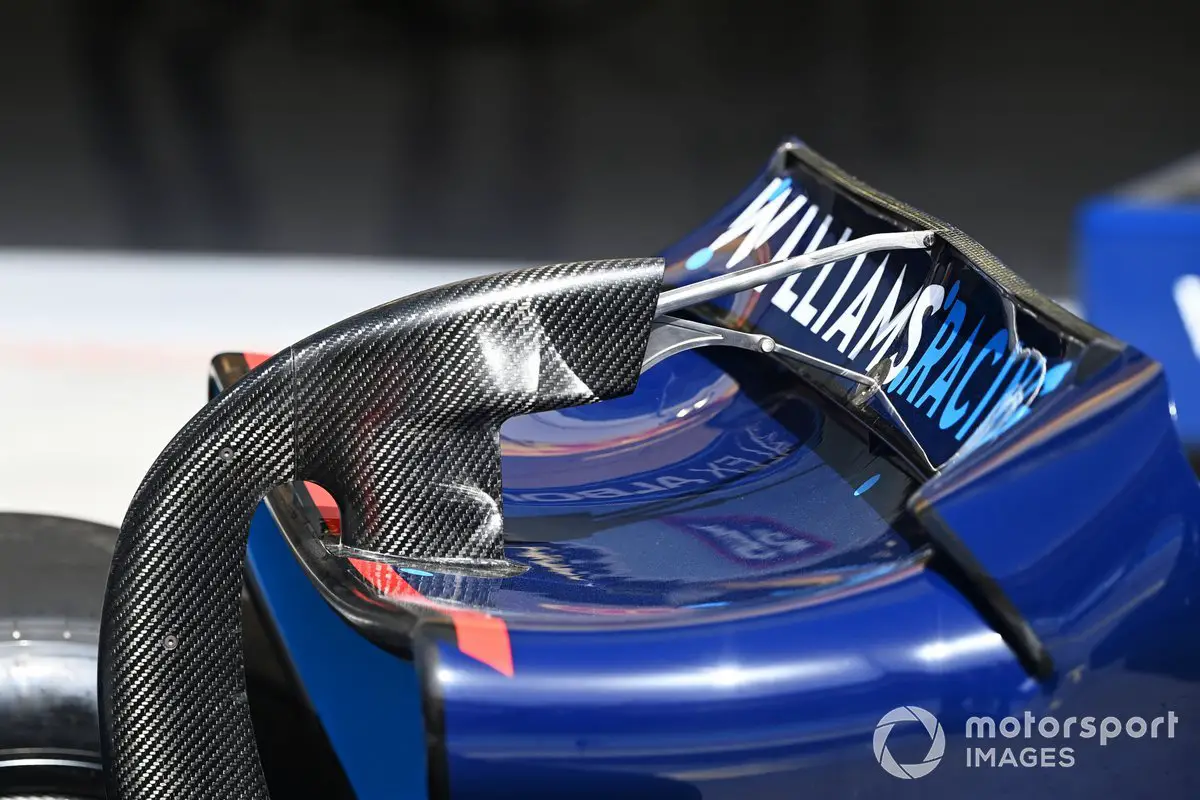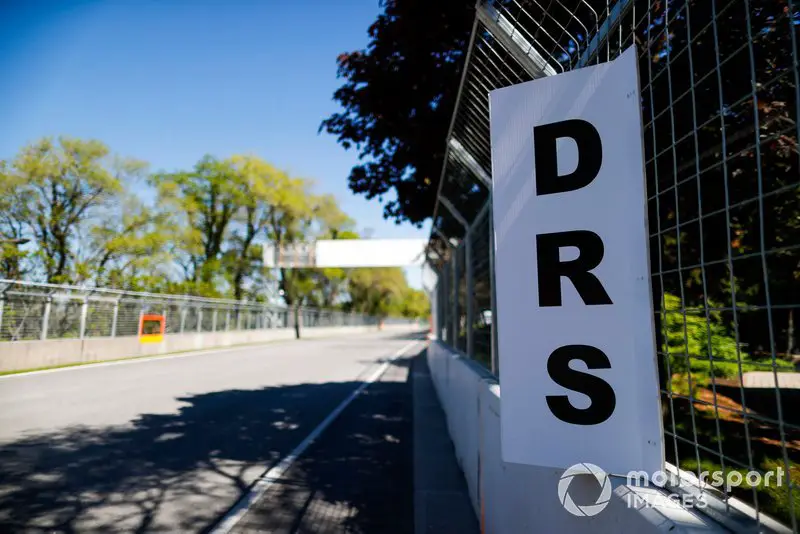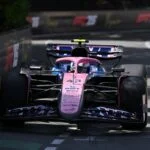Understanding the DRS System in Formula 1
The Drag Reduction System (DRS) is a contentious driver-controlled device, introduced in 2011 to aid overtaking and increase wheel-to-wheel racing in Formula 1. This system allows drivers to reduce drag levels and gain top speed when running within one second of a car in front by opening a flap in their rear wing.
Why is DRS used in F1?
Primarily, DRS serves as an overtaking aid. It helps drivers increase straightline speed by reducing drag through a slot that can be opened when a car is running within one second of the car in front. However, critics argue that it artificially allows drivers to gain time on rivals ahead, potentially taking away from the skill of challenging overtaking maneuvers.
Despite ongoing debates, DRS remains a topic of contention among F1 competitors and fans due to its impact on racing dynamics. The device’s continued usage is disputed, particularly as newer generations of F1 cars have been designed to reduce the ‘dirty air’ effect, which could potentially eliminate the need for DRS.
How does DRS work?
The DRS uses an actuator controlling a flap in the middle of an F1 car’s rear wing that can be opened when drivers push a steering wheel button after they enter a designated part of each track, known as DRS ‘Activation’ zones. This open flap reduces rear wing surface area and serves to reduce aerodynamic drag, rapidly increasing straightline speed.
In races, this is allowed when a driver is running within one second of a car ahead – even if this car is being lapped. In practice and qualifying, DRS can be used at will, but only within the set activation zones. The critical one-second gap between cars is measured at specific points before a DRS zone – known as a ‘detection’ point.

The Evolution of DRS in Formula 1
Since its introduction in 2011, DRS has undergone changes to address criticisms and improve racing dynamics. For instance, until 2013, drivers could use DRS at any point on track during qualifying, leading to setups optimized for qualifying but hindering wheel-to-wheel racing.
The latest generation of F1 cars have been designed to allow drivers to follow more closely with a reduced ‘dirty air’ effect, raising hopes that this would lead to DRS being dropped. However, the device’s continued usage remains disputed as F1’s sporting bosses aim to phase it out in the coming years.

The Impact of DRS on Other Series
DRS is also used in Formula 2 and Formula 3, with its usage in these series following similar rules to F1. Other motorsport series have employed overtaking aids such as IndyCar’s push-to-pass, Super Formula’s Overtake System, or Formula E’s attack mode, which offer temporary power boosts to aid overtaking.







